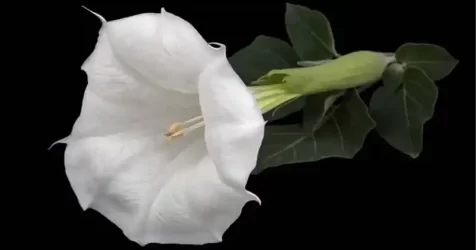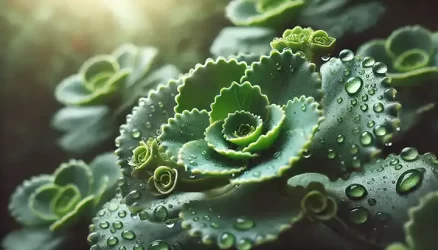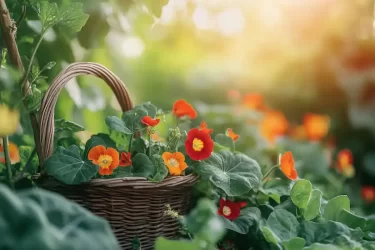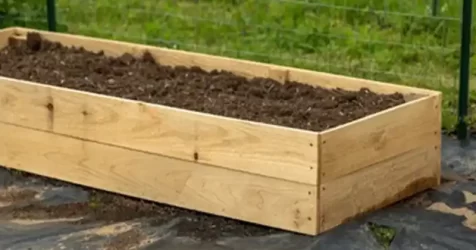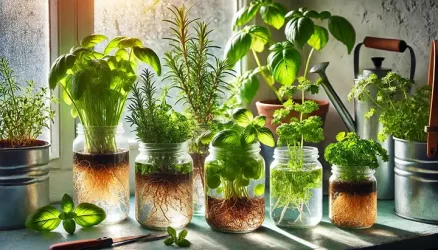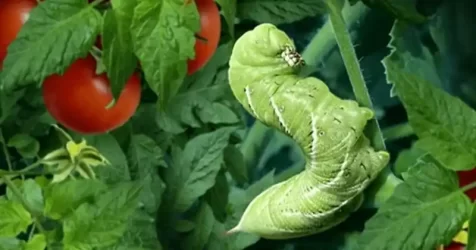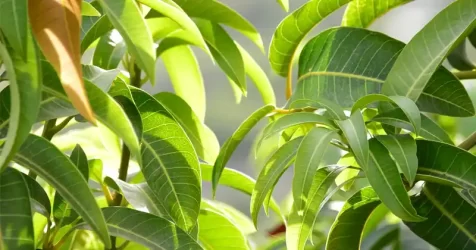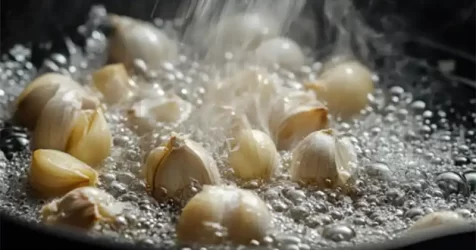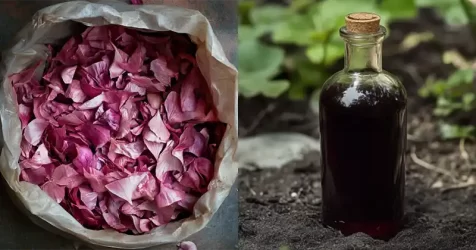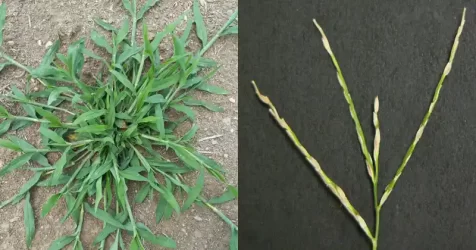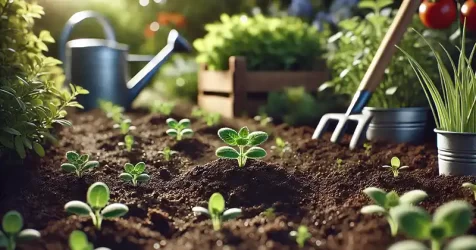Essential Nutrients for Your Garden: A Guide to Harvesting Them Naturally
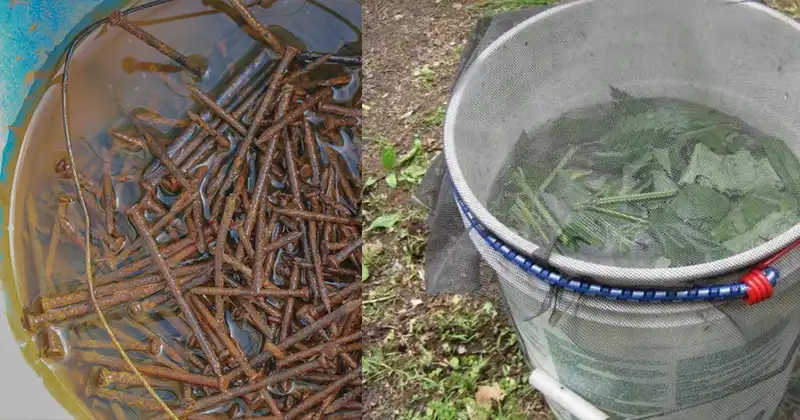
A flourishing garden is every gardener’s dream. To make this dream a reality, you need to understand the essential nutrients that your plants crave and learn how to provide them naturally. In this comprehensive guide, we’ll explore the top nutrients your garden needs and how to harvest them from natural sources, helping you create a thriving and sustainable garden.
1. Nitrogen: The Backbone of Plant Growth
Importance of Nitrogen: Nitrogen is the cornerstone of plant development, responsible for lush foliage, green leaves, and overall plant growth. It’s a key player in photosynthesis and is crucial for your garden’s success.
Natural Harvesting Method 1: Create a “weed tea fertilizer” by soaking yard waste or grass clippings in water until it takes on a faint, earthy scent. Dilute this nutrient-rich tea before using it to give your plants a natural nitrogen boost.
Natural Harvesting Method 2: Collect kitchen scraps like fruit and vegetable peels. Blend them with water to create a nutrient-rich slurry. This organic mix can be applied to the base of your plants as a natural nitrogen fertilizer.
2. Iron: The Key to Lush Green Foliage
Importance of Iron: Iron is the secret behind vibrant green leaves, as it’s a crucial component of chlorophyll, the pigment that powers photosynthesis and plant vitality.
Natural Harvesting Method 1: Craft your own liquid iron nutrient by letting metal iron rust in water. This DIY solution, while time-consuming, can be a rewarding and cost-effective way to provide your plants with natural iron.
Natural Harvesting Method 2: Brew a batch of compost tea by steeping compost in water. The resulting liquid can serve as a natural iron source when applied to your plants’ leaves.
3. Phosphorus: Fueling Flower and Fruit Production
Importance of Phosphorus: Phosphorus is essential for flower and fruit development, root growth, and efficient energy transfer in plants. It’s a vital nutrient for a bountiful garden.
Natural Harvesting Method 1: Use crushed and dried banana peels as a natural phosphorus source. Simply sprinkle the peels around the base of your plants to enrich the soil naturally.
Natural Harvesting Method 2: Save your coffee grounds and scatter them around your plants. Coffee grounds not only provide phosphorus but also enhance soil texture.
4. Magnesium: The Partner of Photosynthesis
Importance of Magnesium: Magnesium is a key component of chlorophyll, supporting the photosynthesis process and overall plant energy production.
Natural Harvesting Method 1: Epsom salt, readily available in stores, is an excellent source of magnesium. Dissolve it in water and apply it to your plants for natural magnesium supplementation.
Natural Harvesting Method 2: Crush eggshells, a natural source of magnesium and calcium, and sprinkle the crushed shells around your plants to naturally enrich the soil.
5. Potassium: Strengthening Plant Structure
Importance of Potassium: Potassium plays a vital role in building strong cell walls, increasing stress resilience, and aiding in water and nutrient transportation in plants.
Natural Harvesting Method 1: Save wood ashes from your fireplace or fire pit. These ashes are rich in potassium. Mix them with water to create a natural potassium-rich liquid for your garden.
Natural Harvesting Method 2: Consider using fireplace or barbecue ashes, which are also potassium-rich. Sprinkle them around your plants to enhance their potassium intake naturally.
Conclusion
Creating a thriving garden is within your reach, and it begins with understanding the essential nutrients your plants need and how to harvest them naturally. With the right nutrient management and natural sourcing techniques, your garden will reward your efforts with vibrant blooms, abundant fruits, and healthy, lush foliage. This guide has equipped you with the knowledge and skills to create a sustainable and flourishing garden naturally.
